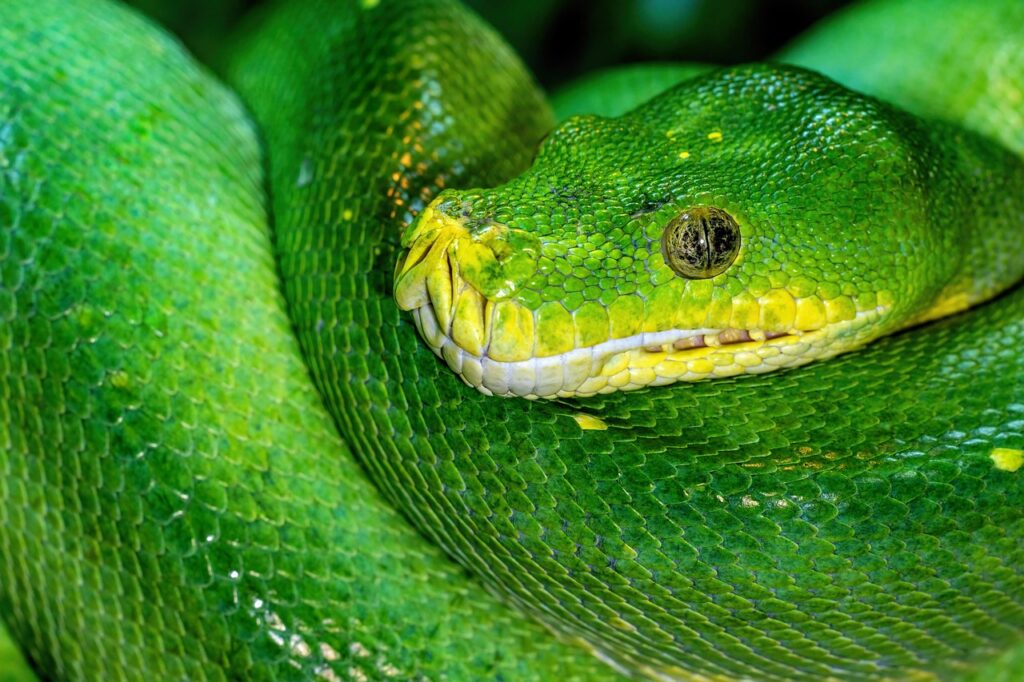When paleontologists first unearthed certain dinosaur fossils, they must have thought they were looking at the remains of mythical creatures rather than actual animals that once roamed Earth. These prehistoric giants possessed features so bizarre and unexpected that they challenged everything scientists thought they knew about dinosaur biology. From feathered tyrannosaurs to dinosaurs with four wings, these discoveries have revolutionized our understanding of these ancient beasts and continue to surprise researchers worldwide.
The Feathered Fury: T. rex’s Fluffy Relatives
Picture the most terrifying predator in Earth’s history, and you probably imagine a scaly, lizard-like monster with razor-sharp teeth. But hold onto your hats, because science has thrown us a curveball that would make even the most seasoned paleontologist’s jaw drop. Several tyrannosaur species, including close relatives of T. rex, were actually covered in feathers.
Yutyrannus huali, a massive tyrannosaur from China, sported a coat of primitive feathers that likely helped regulate its body temperature. This 30-foot-long predator wasn’t alone either. Multiple feathered tyrannosaur discoveries have painted a completely different picture of these apex predators than what we see in Hollywood movies.
The feathers weren’t just for show, either. These fluffy coverings served multiple purposes, from insulation in cooler climates to possibly even display behaviors during mating season. Imagine a giant, feathered killing machine strutting around like a deadly peacock.
Four Wings and a Prayer: The Microraptor’s Aerial Acrobatics
Just when scientists thought they had dinosaur flight figured out, along came Microraptor to shake things up completely. This crow-sized dinosaur didn’t just have wings on its arms like modern birds – it had four fully functional wings, with flight feathers on both its arms and legs.
This bizarre arrangement initially puzzled researchers who couldn’t figure out how such a creature could possibly fly. Computer modeling eventually revealed that Microraptor was likely a glider, using its four wings to soar between trees in ancient forests. The leg wings probably folded back during takeoff and landing, much like the landing gear on an airplane.
What makes this discovery even more shocking is that it suggests the evolution of flight in dinosaurs was far more complex and experimental than previously imagined. Nature apparently tried multiple approaches before settling on the two-wing design we see in modern birds.
The Balloon-Necked Wonder: Parasaurolophus and Its Musical Mystery
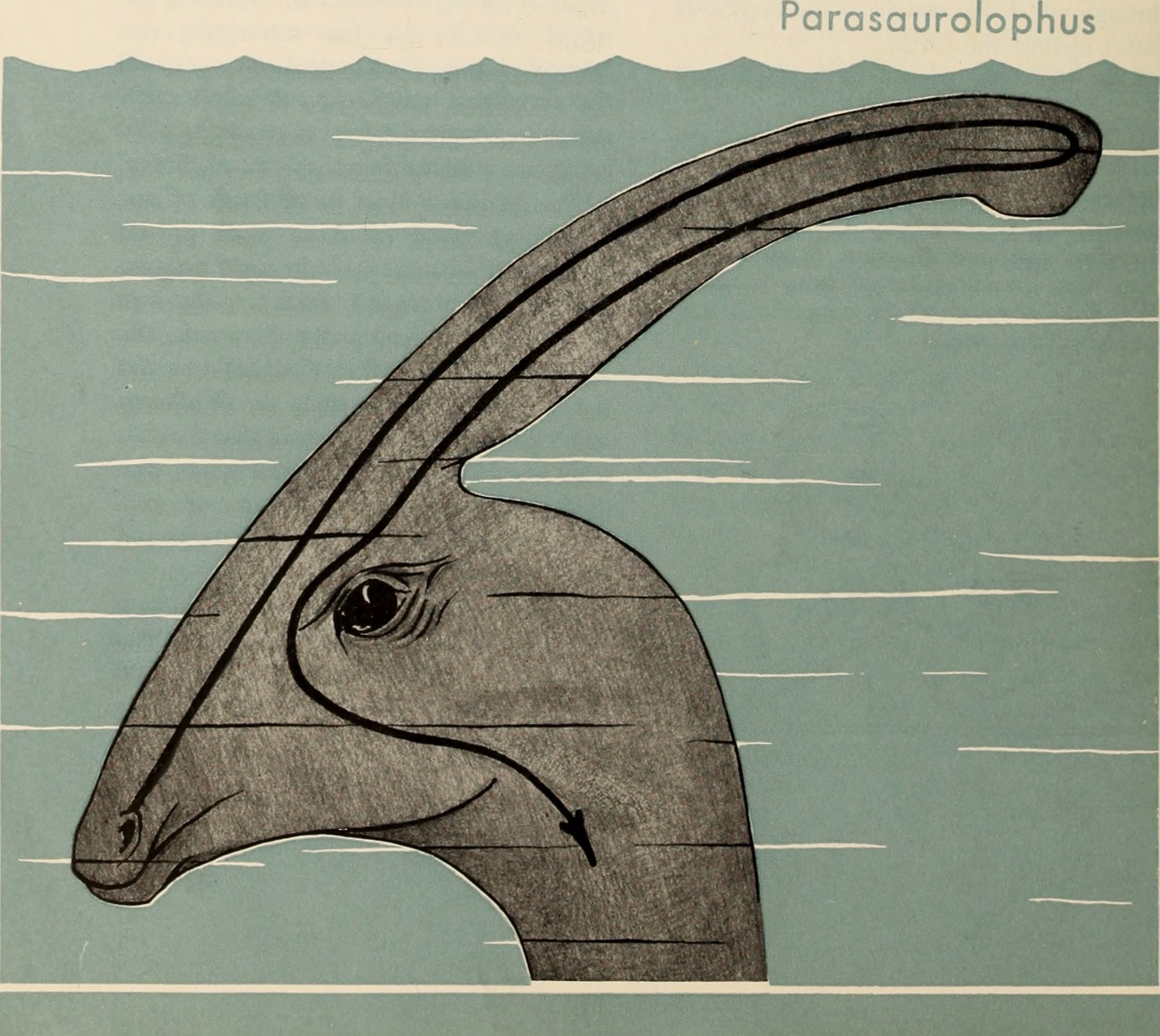
When scientists first discovered Parasaurolophus, they were baffled by its enormous, hollow crest that extended backward from its skull like a twisted trumpet. This wasn’t just some random evolutionary quirk – it was a sophisticated sound-producing organ that could create haunting melodies across prehistoric landscapes.
The crest contained a complex network of air passages that worked like a brass instrument. Different species of Parasaurolophus had different crest shapes, producing unique tones that likely helped them communicate with their own kind across vast distances. Think of it as nature’s first social media network, but with dinosaur honking instead of tweets.
Recent computer modeling has allowed scientists to recreate the actual sounds these dinosaurs made, and the results are both beautiful and eerie. The deep, resonant calls would have echoed through Cretaceous forests, creating a prehistoric symphony that no human ear had ever heard until now.
The Disco Ball Dinosaur: Borealopelta’s Armor-Plated Bling
Borealopelta looked like it was dressed for the world’s most dangerous disco party. This heavily armored dinosaur didn’t just have protective plating – it had armor that shimmered and reflected light like a giant, walking mirror ball. The discovery of this dinosaur’s preserved coloration revealed something that made scientists question everything they thought they knew about dinosaur camouflage.
Despite being built like a tank and weighing as much as a small car, Borealopelta had a reddish-brown coloration that was darker on top and lighter on the bottom. This pattern, called countershading, is typically used by animals that need to hide from predators. But what could possibly threaten a dinosaur that looked like it was wearing medieval armor?
The answer lies in the sheer size and ferocity of the predators of its time. Even a walking fortress like Borealopelta needed to blend into its environment to avoid becoming lunch for massive carnivores. Its reflective armor plates probably helped break up its outline, making it harder for predators to spot from a distance.
The Teenage Mutant Ninja Turtle: Ankylosaurus and Its Weaponized Tail
Ankylosaurus took the concept of self-defense to an entirely new level with its massive tail club – a bony weapon that could deliver crushing blows with the force of a medieval mace. This wasn’t just intimidating decoration; it was a precisely engineered weapon system that could shatter the bones of even the largest predators.
The tail club was made of several fused vertebrae and could weigh up to 120 pounds. When swung with the full force of the dinosaur’s powerful tail muscles, it could generate enough impact to break the leg bones of a T. rex. It was essentially a living, breathing battering ram with an attitude problem.
What’s even more remarkable is how perfectly balanced this weapon was. The tail had to be strong enough to support the massive club while still being flexible enough to swing it effectively. It’s like nature designed the ultimate medieval knight, complete with armor plating and a built-in war hammer.
The Vampire Dinosaur: Pegomastax’s Terrifying Teeth
Pegomastax looked like something straight out of a horror movie – a small, parrot-like dinosaur with vampire fangs that jutted out from its beak. When scientists first discovered this pint-sized terror, they initially thought the fearsome-looking teeth were used for hunting prey, but the reality was even stranger.
Despite its menacing appearance, Pegomastax was actually a plant-eater. Those scary-looking fangs were used for stripping tough vegetation and possibly for defense against predators. It’s like discovering that Dracula was actually a vegetarian who just happened to have really unfortunate dental genetics.
The discovery of Pegomastax challenged scientists’ assumptions about how dinosaur teeth related to diet. Sometimes the most fearsome-looking features serve entirely different purposes than what we might expect. This little dinosaur was basically the prehistoric equivalent of a tough-looking guy who turns out to be a gentle giant.
The Fishing Specialist: Spinosaurus’s Aquatic Transformation
For decades, Spinosaurus was thought to be just another large theropod dinosaur that happened to eat fish occasionally. Then scientists discovered something that completely revolutionized their understanding of this massive predator – it was actually semi-aquatic, spending much of its time in the water like a gigantic crocodile.
The evidence was overwhelming once researchers knew what to look for. Spinosaurus had dense bones that helped it stay submerged, paddle-like feet for swimming, and nostrils positioned high on its skull for breathing while mostly underwater. Its massive sail wasn’t just for show – it likely helped with thermoregulation and possibly even underwater propulsion.
This discovery turned Spinosaurus from a land-based predator into something entirely unique among dinosaurs. It was essentially a 50-foot-long aquatic monster that could swim after prey in rivers and lakes. Imagine a creature that combined the worst features of a crocodile, a shark, and a T. rex all rolled into one terrifying package.
The Balloon Animal: Amargasaurus’s Inflatable Display
Amargasaurus looked like it was carrying a pair of inflatable balloon animals on its neck, but these weren’t just decorative features – they were sophisticated display organs that could be inflated and deflated at will. The twin sails running along its neck weren’t solid bone structures like those found on other sauropods; they were hollow and connected to the dinosaur’s respiratory system.
Scientists believe these inflatable crests could change color and size depending on the dinosaur’s mood or the situation. During mating season, a male Amargasaurus might inflate its neck sails to impressive proportions, creating a dramatic visual display to attract females or intimidate rivals. It was basically the prehistoric equivalent of a peacock’s tail, but way more bizarre.
The discovery of these inflatable structures has opened up entirely new possibilities for how dinosaurs might have communicated and displayed. Who knows how many other dinosaurs had similar features that simply didn’t preserve in the fossil record?
The Tiny Terror: Carnotaurus’s Horned Nightmare
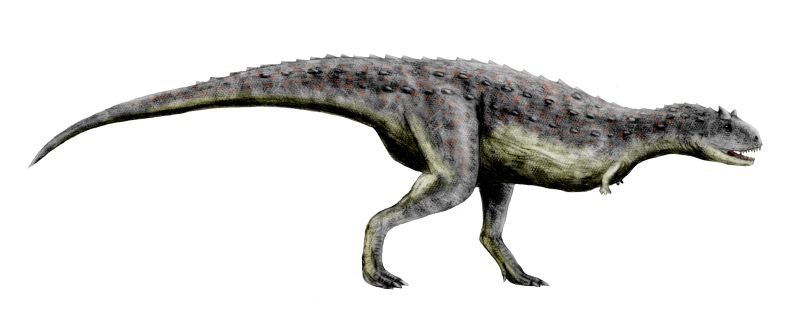
Carnotaurus earned its name, which means “meat-eating bull,” thanks to the prominent horns jutting out above its eyes. But these weren’t just for show – they were part of a fearsome arsenal that made this predator one of the most uniquely terrifying dinosaurs ever discovered.
Unlike other large theropods, Carnotaurus had extremely reduced arms that were little more than stumps. Scientists initially thought this was a disadvantage, but it turns out these tiny arms were actually an adaptation for incredible speed. Without heavy arm muscles weighing it down, Carnotaurus could reach speeds of up to 35 miles per hour – faster than most modern racehorses.
The combination of bull-like horns and lightning speed made Carnotaurus a nightmare for prey animals. It could charge at full speed and use its horns to deliver devastating head-butts, stunning or killing prey on impact. It was essentially a prehistoric battering ram with legs and an attitude problem.
The Clawed Confusion: Therizinosaurus’s Gentle Giant Paradox
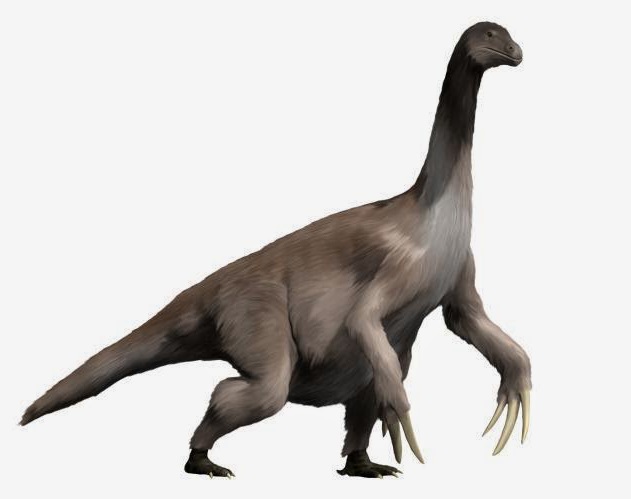
When scientists first discovered the massive claws of Therizinosaurus, they assumed they belonged to a giant turtle or some other mysterious creature. The claws were so enormous – up to three feet long – that they couldn’t possibly belong to a dinosaur, right? Wrong. These massive talons belonged to one of the largest and most unusual dinosaurs ever discovered.
The shock came when researchers realized that despite having claws that would make Wolverine jealous, Therizinosaurus was actually a gentle plant-eater. Those terrifying-looking claws weren’t used for slashing prey – they were basically prehistoric pruning shears used for stripping leaves from tall trees.
This discovery completely changed how scientists thought about dinosaur evolution and adaptation. Sometimes the most fearsome-looking features serve entirely peaceful purposes. Therizinosaurus was essentially a 16-foot-tall, 5-ton gardener with really, really impressive tools.
The Deep Sea Diver: Halszkaraptor’s Aquatic Adaptations
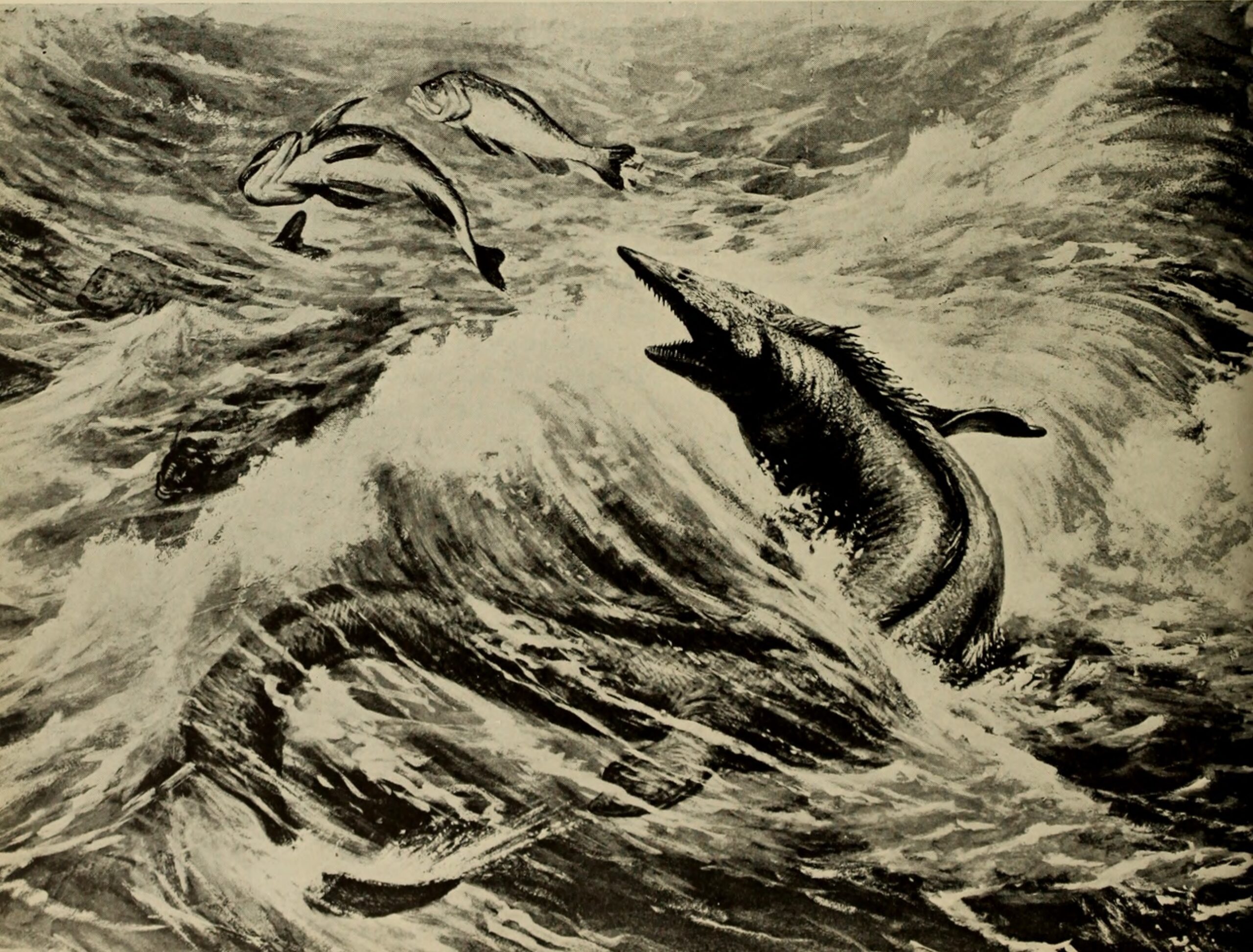
Halszkaraptor looked like someone had taken a duck, a raptor, and a penguin and mixed them up in some kind of prehistoric blender. This bizarre dinosaur had a long, flexible neck like a swan, flippers instead of wings, and powerful legs built for both swimming and running on land.
The most shocking discovery about Halszkaraptor was that it was perfectly adapted for an aquatic lifestyle. Its bones were dense like those of penguins, helping it dive underwater to catch fish. Its long neck allowed it to strike at prey like a heron, while its powerful tail provided propulsion underwater.
This discovery proved that dinosaurs were far more diverse and adaptable than anyone had imagined. Here was a raptor that had completely abandoned the typical predatory lifestyle of its cousins to become a specialized aquatic hunter. It’s like finding out that one branch of the cat family had evolved to become dolphins.
The Walking Cactus: Ampelosaurus’s Mysterious Armor
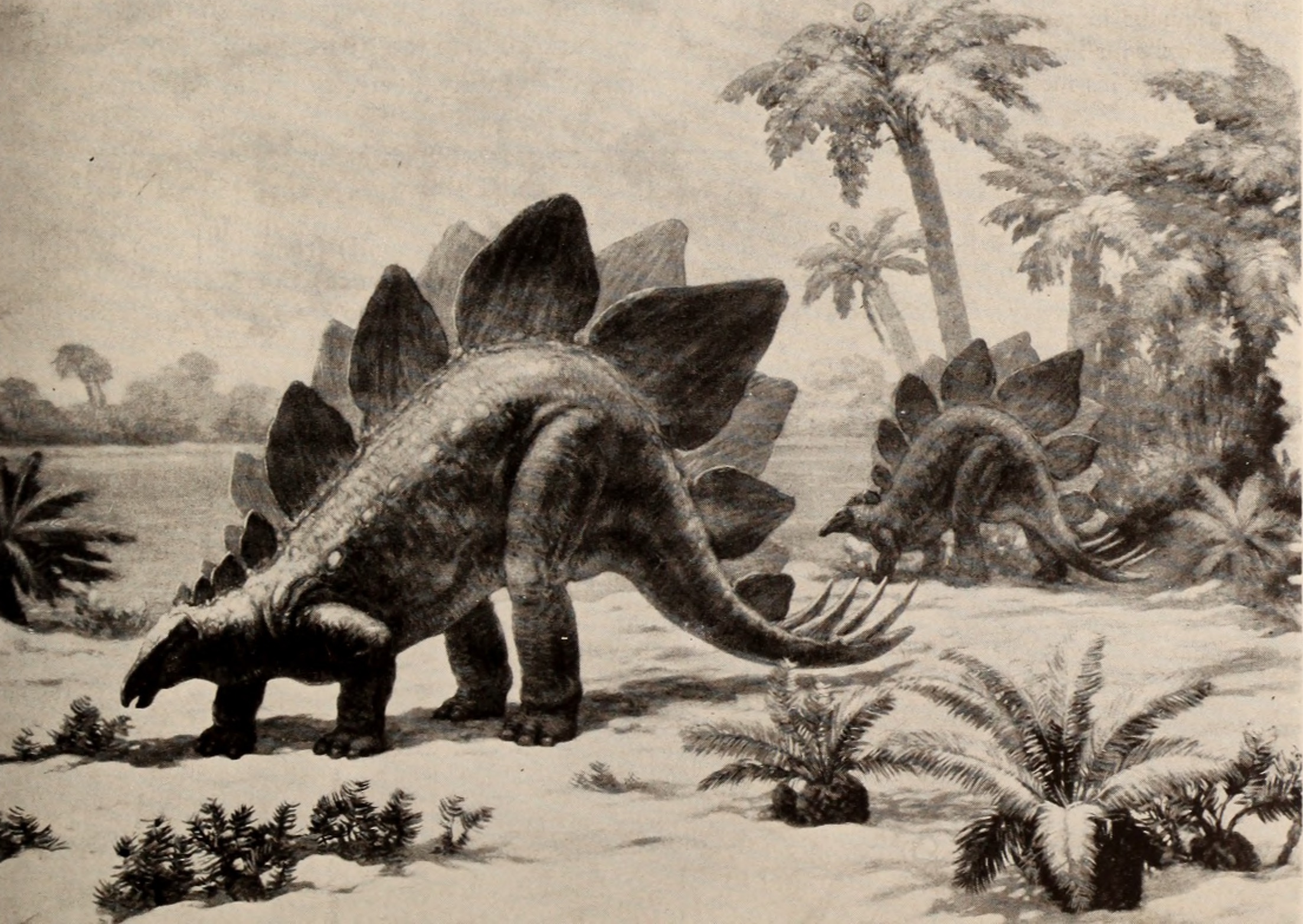
Ampelosaurus looked like a walking cactus garden, covered in an array of spikes, plates, and bony protrusions that made it one of the most heavily armored dinosaurs ever discovered. But what made this titanosaur truly bizarre wasn’t just its armor – it was the fact that no two individuals seemed to have exactly the same arrangement of defensive features.
Each Ampelosaurus specimen found has shown unique patterns of armor placement, almost like prehistoric fingerprints. Some had more spikes along their sides, others had larger plates on their backs, and some had completely different arrangements altogether. It’s as if each individual dinosaur was custom-designed with its own unique defensive system.
This discovery has led scientists to reconsider how dinosaur armor evolved and functioned. Rather than being a standardized defense system, armor may have been highly variable and individualized, possibly even changing as the animals aged or adapted to different environments.
The Time Traveler: Qianzhousaurus’s Evolutionary Surprise
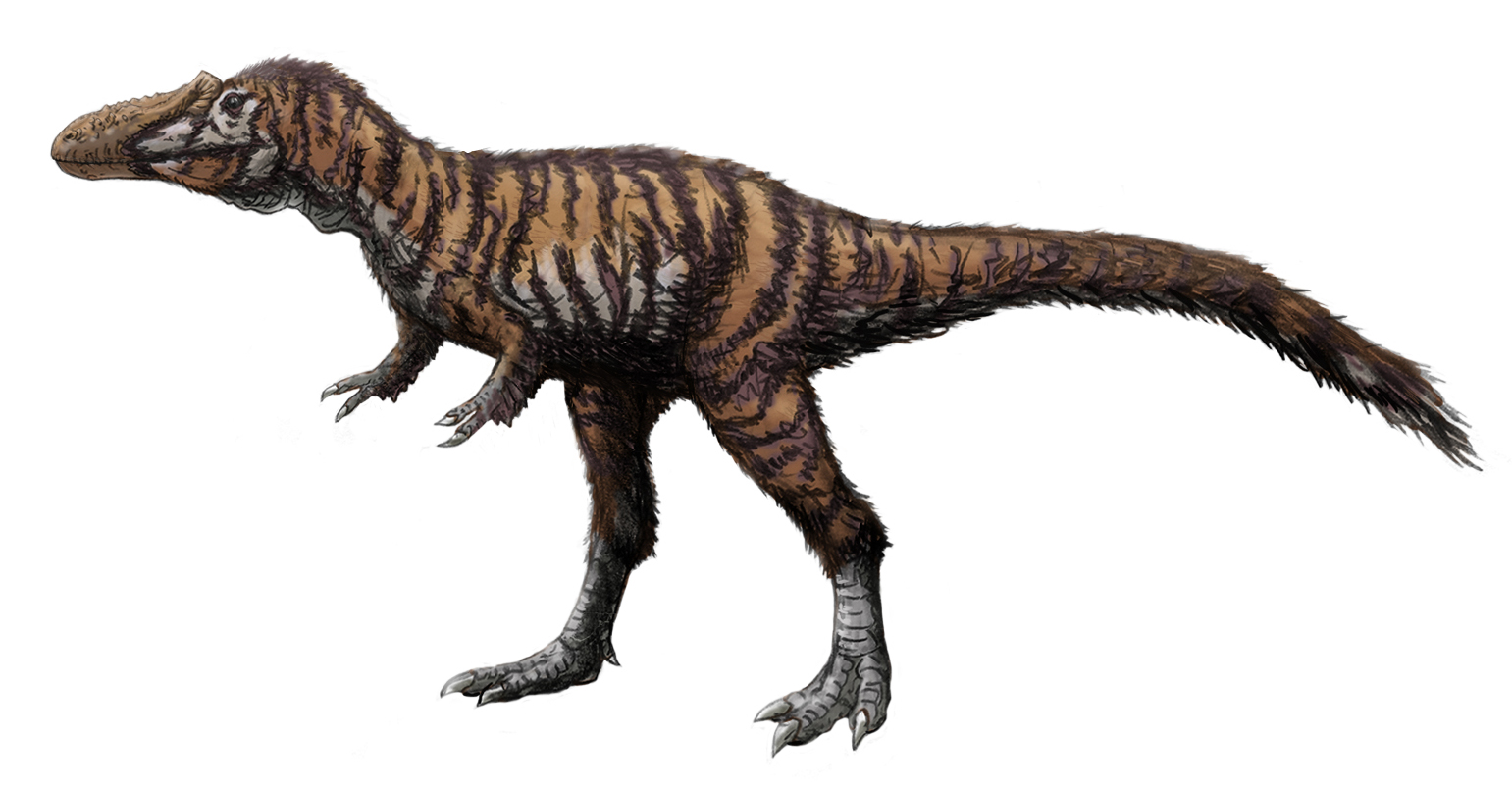
Qianzhousaurus, nicknamed “Pinocchio rex” for its elongated snout, looked like it belonged in a completely different time period than when it actually lived. This tyrannosaur had features that seemed almost primitive compared to its famous cousin T. rex, yet it lived at the same time during the late Cretaceous period.
The discovery of Qianzhousaurus proved that tyrannosaur evolution was far more complex and diverse than previously thought. While T. rex was developing its massive, bone-crushing jaws, Qianzhousaurus was evolving in a completely different direction, developing a long, narrow snout perfect for catching fish and smaller prey.
This evolutionary divergence shows that even within the same family of dinosaurs, different species could develop radically different survival strategies. It’s like discovering that wolves and chihuahuas were living side by side in the same ecosystem, each perfectly adapted to their own unique niche.
Conclusion: Nature’s Endless Creativity
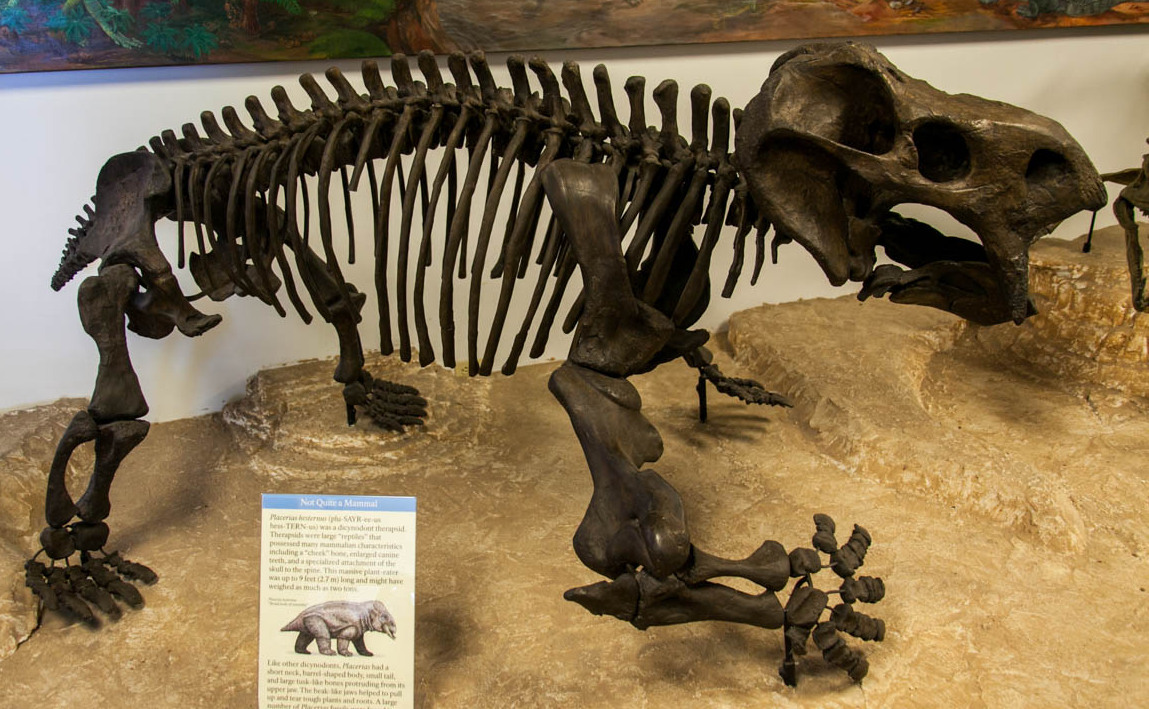
These remarkable discoveries have shattered our preconceptions about dinosaurs and revealed a world far stranger and more wonderful than anything Hollywood could imagine. From feathered tyrannosaurs to four-winged gliders, from aquatic hunters to armored tanks with inflatable displays, dinosaurs pushed the boundaries of what we thought was possible in the animal kingdom.
Each new fossil discovery continues to surprise scientists and reveal new aspects of dinosaur biology that challenge our understanding of evolution and adaptation. These ancient creatures weren’t just bigger versions of modern animals – they were unique experiments in form and function that took millions of years to perfect.
The next time you see a bird outside your window or watch a nature documentary, remember that you’re looking at the direct descendants of some of the most bizarre and incredible creatures that ever lived. What other secrets are still buried in the rocks, waiting to make scientists do another double take?


